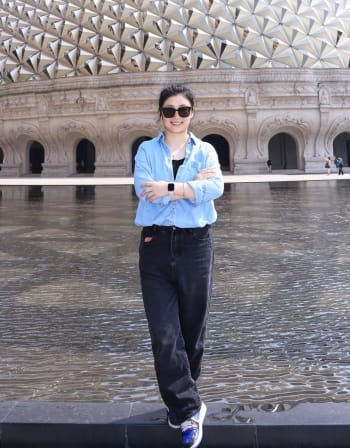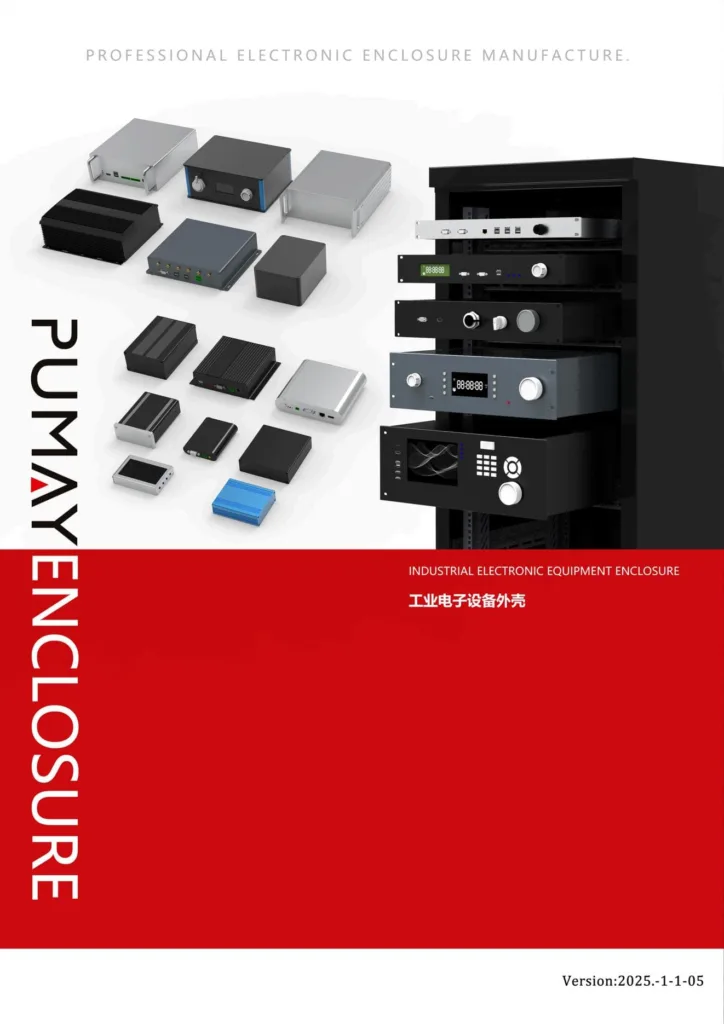You've finally approved the prototype. After weeks of work, your custom enclosures are being shipped from overseas. But you're worried they will arrive scratched, dented, or broken.
To ensure damage-free delivery, use robust multi-layer packaging with pearl cotton and corner protectors[^1]. Choose the right shipping method[^2] for your timeline and budget (air vs. sea), and work with a supplier who provides clear tracking and proper customs documentation[^3].
The final step of manufacturing—logistics—is often overlooked, but it's one of the most critical. A beautifully machined and finished enclosure is useless if it gets damaged in transit. Having a solid plan for packaging and shipping is not a luxury; it's essential for keeping your project on schedule and protecting your investment.
What is the best way to package a custom rackmount enclosure?
You open the box, and your heart sinks. The enclosure has a deep scratch across the front panel and a dented corner because it was packed in a flimsy box with cheap styrofoam.
The best method is multi-layer packaging[^4]. Each enclosure should be wrapped in scratch-proof film, protected with custom-fit pearl cotton (EPE) foam, reinforced with plastic corner protectors, and placed inside a sturdy, double-walled cardboard box[^5].
A Fortress for Your Product
I've seen firsthand how inadequate packaging can ruin an entire project. A beautiful anodized finish is delicate. That's why at PUMAYCASE, we've developed a standard packaging procedure[^6] that we use for every single shipment, whether it's one prototype or a hundred units. It's a system of layers, where each layer has a specific job. The first layer is a thin, soft plastic film that clings to the enclosure, protecting the surface finish from scuffs and abrasions. Next, we use custom-cut EPE pearl cotton[^7]. This dense foam is superior to crumbly styrofoam because it absorbs impacts without breaking apart. It’s molded to fit the enclosure perfectly, holding it securely in the center of the box. We then add hard plastic corner protectors, as corners are the most vulnerable points during shipping. Finally, everything is placed into a double-walled corrugated carton that provides structural rigidity and a final buffer against rough handling.
| Packaging Layer | Material | Purpose |
|---|---|---|
| 1. Surface Wrap | Anti-Static/PE Film | Prevents scratches on anodizing & silk screen |
| 2. Main Cushioning | Custom-Cut EPE (Pearl Cotton) | Absorbs shock and prevents movement |
| 3. Corner Defense | Hard Plastic Protectors | Protects the most vulnerable impact points |
| 4. Outer Shell | Double-Walled Cardboard Box | Provides structural rigidity and impact resistance |
Should you ship your enclosures by air or by sea?
You need your prototypes urgently, but the air freight[^8] quote is shocking. Or, to save money, you choose sea freight[^9], and your production units are stuck on a boat for two months, missing your launch.
Ship by air for speed and high-value items like prototypes, with delivery in 5-10 days. Ship by sea for large, heavy bulk orders to save costs, but expect a transit time of 30-50 days. The choice is a direct trade-off between speed and cost.
Balancing Speed, Cost, and Volume
This is a critical decision that directly impacts your project's timeline and budget. There is no single "best" answer; it depends entirely on your situation. For a product engineer like Jeff who needs rapid prototype iterations, air freight is the only logical choice. The higher cost is easily justified by the ability to test, revise, and get to market faster. We typically use express air couriers like DHL or FedEx for samples and small-batch orders up to around 100 kg. They handle everything from pickup to customs clearance and deliver right to your door. For large production runs where hundreds of enclosures are being shipped, the cost savings of sea freight become significant. The key is to plan ahead. If you know you have a large order coming, you can build the 40-day transit time into your production schedule and save thousands on shipping.
| Factor | Air Freight (e.g., DHL/FedEx) | Sea Freight |
|---|---|---|
| Speed | Fast (5-10 business days) | Slow (30-50 days) |
| Cost | High | Low (for heavy/bulk shipments) |
| Best For | Prototypes, urgent orders, high-value goods | Large volume production runs |
| Tracking | Excellent, real-time step-by-step | Less detailed, mainly port-to-port |
How do you manage international customs and tracking?
Your package tracking just says "Held at Customs." You have no idea why it's stuck, who to call, or what paperwork is missing. Your project is now in limbo, completely out of your control.
A good manufacturer manages this by preparing all necessary customs documents (commercial invoice, packing list) with correct HS codes and using a major carrier like DHL or FedEx that handles the clearance process. They should provide you with a tracking number[^10] immediately.
Creating a Smooth, Transparent Journey
International shipping doesn't have to be a black box. The key is working with a supplier who understands the process and values transparent communication. The moment your package leaves our facility, we send you a tracking number. This isn't just a number; it's your window into the entire journey. We handle all the essential export paperwork on our end. This includes a detailed commercial invoice that clearly states what the goods are, their value, and the correct Harmonized System (HS) code[^11], which is a universal code used by customs offices worldwide to classify products. This documentation is critical for a smooth customs process. When you use a reputable global carrier, they act as your customs broker, guiding the package through inspections. Your only responsibility is to pay any import duties or taxes levied by your country, which the carrier will typically bill you for directly. This clear division of responsibility and constant tracking visibility removes the stress and uncertainty from international logistics.
Conclusion
Ensure your enclosures arrive safely by insisting on multi-layer packaging, choosing the right shipping method, and working with a supplier who manages logistics professionally and transparently.
---
[^1]: Discover the importance of corner protectors in preventing damage to vulnerable points.
[^2]: Find tips on selecting the best shipping method based on your needs.
[^3]: Get insights into essential customs documents to ensure smooth shipping.
[^4]: Explore how multi-layer packaging can safeguard your products from damage during transit.
[^5]: Find out how double-walled boxes provide structural integrity and impact resistance.
[^6]: Learn about best practices for packaging to prevent damage during transit.
[^7]: Learn why pearl cotton is superior for protecting delicate items during shipping.
[^8]: Understand the benefits and drawbacks of using air freight for urgent shipments.
[^9]: Explore the cost-effectiveness of sea freight for large shipments.
[^10]: Learn how tracking numbers provide visibility and peace of mind during shipping.
[^11]: Discover the significance of HS codes in international trade and customs.




